Felines have always held an important place in the Animal Kingdom, especially within terrestrial food chains, as they are among the top groups of land predators. Many have been revered by ancient civilizations—such as domestic cats in Ancient Egypt and the jaguar in Mesoamerican cultures. Today, various feline species inhabit almost every corner of the planet. While the majority remain wild, one has been domesticated and now shares its life with humans.
This article explains the main traits of felines, their different types, and examples of species, grouped into large wild cats, small to medium wild cats, and the domestic cat.
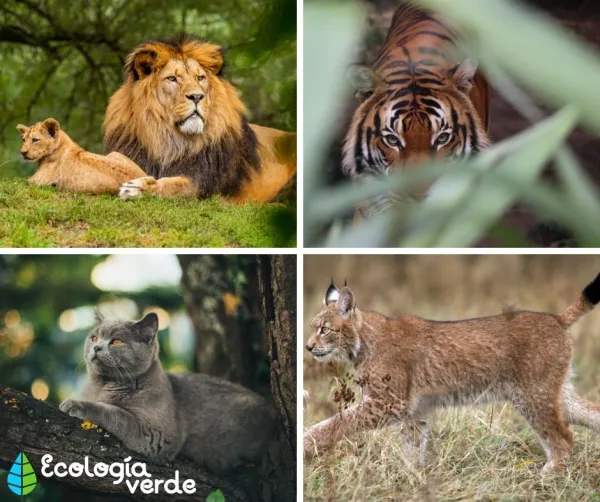
Commonly called cats or felids, members of the family Felidae are placental mammals within the order Carnivora. They have evolved into agile, specialized predators with physical and behavioral adaptations for hunting.
Key characteristics include:
Agility and climbing ability: Most felines are excellent runners and climbers, easily scaling trees and rocks.
Top predators: Occupying high positions in the food chain, they have sharp teeth and retractable claws for capturing prey.
Mostly solitary lifestyle: Most species live alone, except lions, which form social prides.
Vocal and physical communication: They communicate through roars, growls, meows, and body language.
Keen senses: Exceptional night vision, acute hearing, and a highly developed sense of smell.
Felines can be broadly divided into three groups: large wild cats, small-to-medium wild cats, and domestic cats.
These species are apex predators, often playing a key ecological role in maintaining prey populations.
Lion (Panthera leo) – The only social feline, living in prides in African savannas. Females do most of the hunting, often working together.
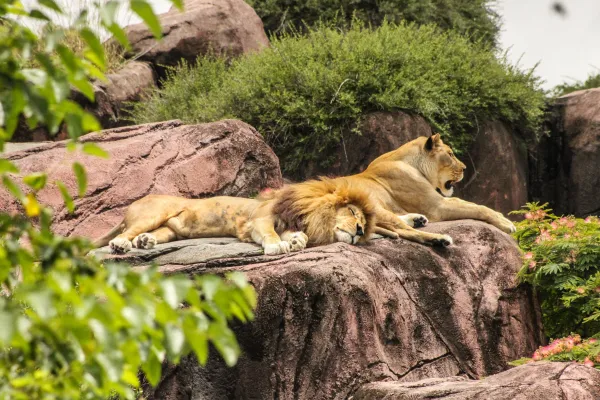
Tiger (Panthera tigris) – The largest feline in Asia, with six extant subspecies, including the Bengal and Siberian tigers.
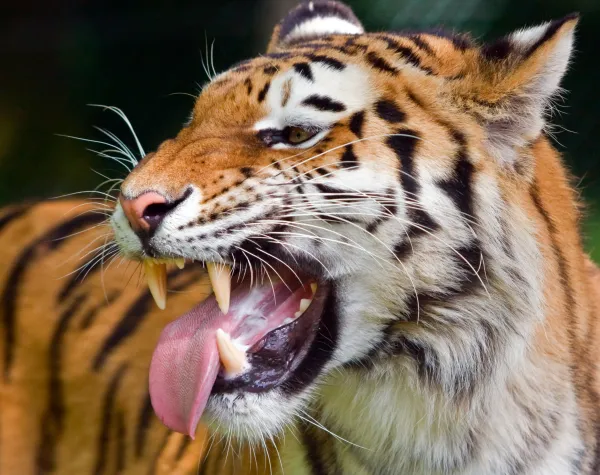
Cheetah (Acinonyx jubatus) – The fastest land animal, capable of reaching 100 km/h (62 mph) in just 3 seconds.
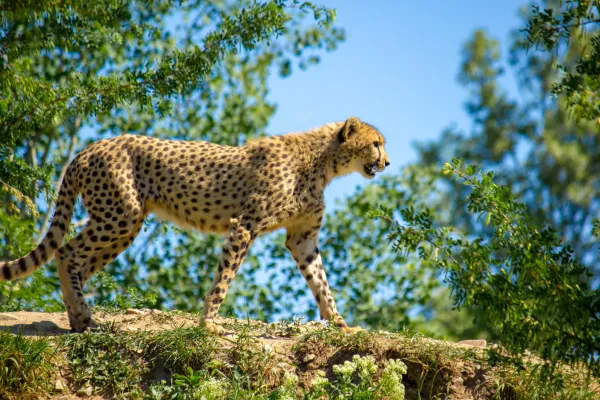
Jaguar (Panthera onca) – The largest cat in the Americas, with the most powerful bite relative to size among felines.
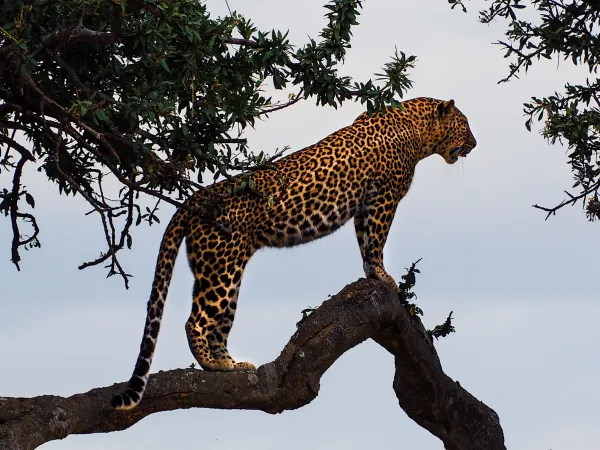
Puma (Puma concolor) – Also called the mountain lion or cougar, found from Canada to southern Chile.
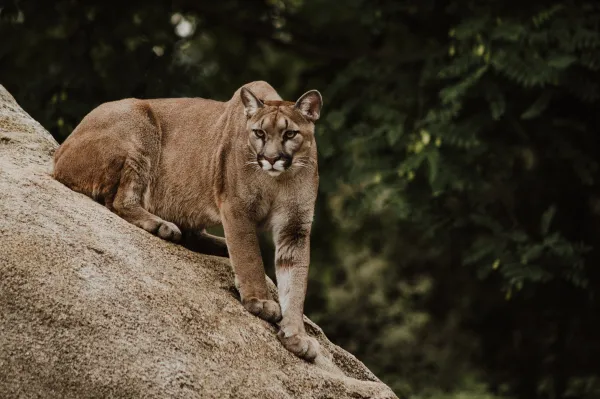
Leopard (Panthera pardus) – Found in Africa and Asia, with golden or all-black coats (black panthers).
Snow Leopard (Panthera uncia) – A high-altitude predator of Central and South Asia.
Amur Leopard (Panthera pardus orientalis) – One of the world’s most endangered cats, with fewer than 120 individuals in the wild.
Clouded Leopard (Neofelis nebulosa) – A secretive Southeast Asian cat with cloud-shaped markings.

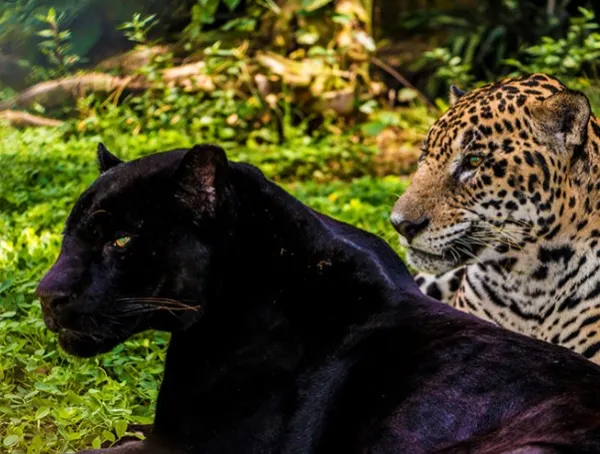
These species are smaller, more elusive, and often adapted to specialized habitats.
Lynxes (Genus Lynx):
Eurasian Lynx (Lynx lynx)
Canadian Lynx (Lynx canadensis)
Bobcat (Lynx rufus)
Iberian Lynx (Lynx pardinus) – one of the most endangered cats, subject to intensive conservation programs in Spain and Portugal.
Ocelot (Leopardus pardalis) – Central and South American forests.
Margay (Leopardus wiedii) – Tree-dwelling wildcat with a long tail for balance.
Fishing Cat (Prionailurus viverrinus) – Specializes in catching fish.
Black-footed Cat (Felis nigripes) – One of the smallest but most efficient African predators.
Serval (Leptailurus serval) – Long-legged, large-eared African cat that excels at pouncing on prey.
Caracal (Caracal caracal) – Recognizable by its tufted ears, known for high jumps to catch birds.
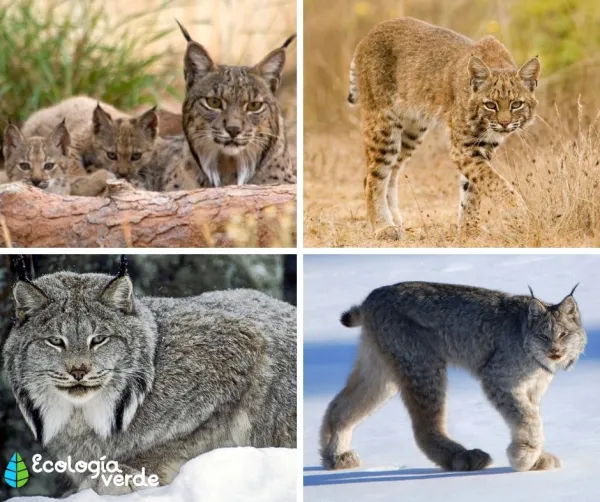

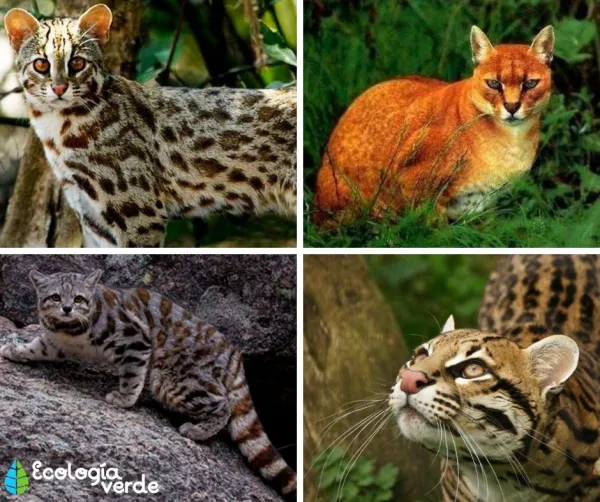

The only domesticated feline, believed to have originated in the Near East around 9,000 years ago. Domestication likely began as humans valued cats for controlling rodents, and later as companions.
Domestic cats retain many hunting traits—keen night vision, silent movement, and rapid reflexes. They come in many breeds, from the short-haired British Shorthair to the long-haired Maine Coon, and can be strictly indoor pets or semi-wild feral cats.

Felines are essential for ecosystem balance, regulating prey populations and maintaining biodiversity. However, many species face threats from:
Habitat loss due to deforestation and urban expansion
Poaching for fur, body parts, or illegal pet trade
Declining prey populations
Climate change impacts on habitat
Conservation measures include:
Establishing protected areas and wildlife corridors
Anti-poaching patrols and law enforcement
Captive breeding and reintroduction programs (e.g., Iberian Lynx)
Community education and ecotourism projects
Bibliography
Ávila, D. M. et al., (2016) Overlap in activity patterns between big cats and their main prey in northern Quintana Roo, Mexico. Therya Journal, La Paz. Volume 7 (3).
Castaño, C. et al., (2013) Cats and their role in comprehensive regional planning based on keystone species. Conservation Plan for the Colombian Caribbean Cats.
Charre, J. F. et al., (2015) Distribution patterns of wild cats (Carnivora: Felidae) in the dry tropics of central-western Mexico. Tropical Biology Journal, San José. Volume 63 (3).
animal tags: Felines
We created this article in conjunction with AI technology, then made sure it was fact-checked and edited by a Animals Top editor.